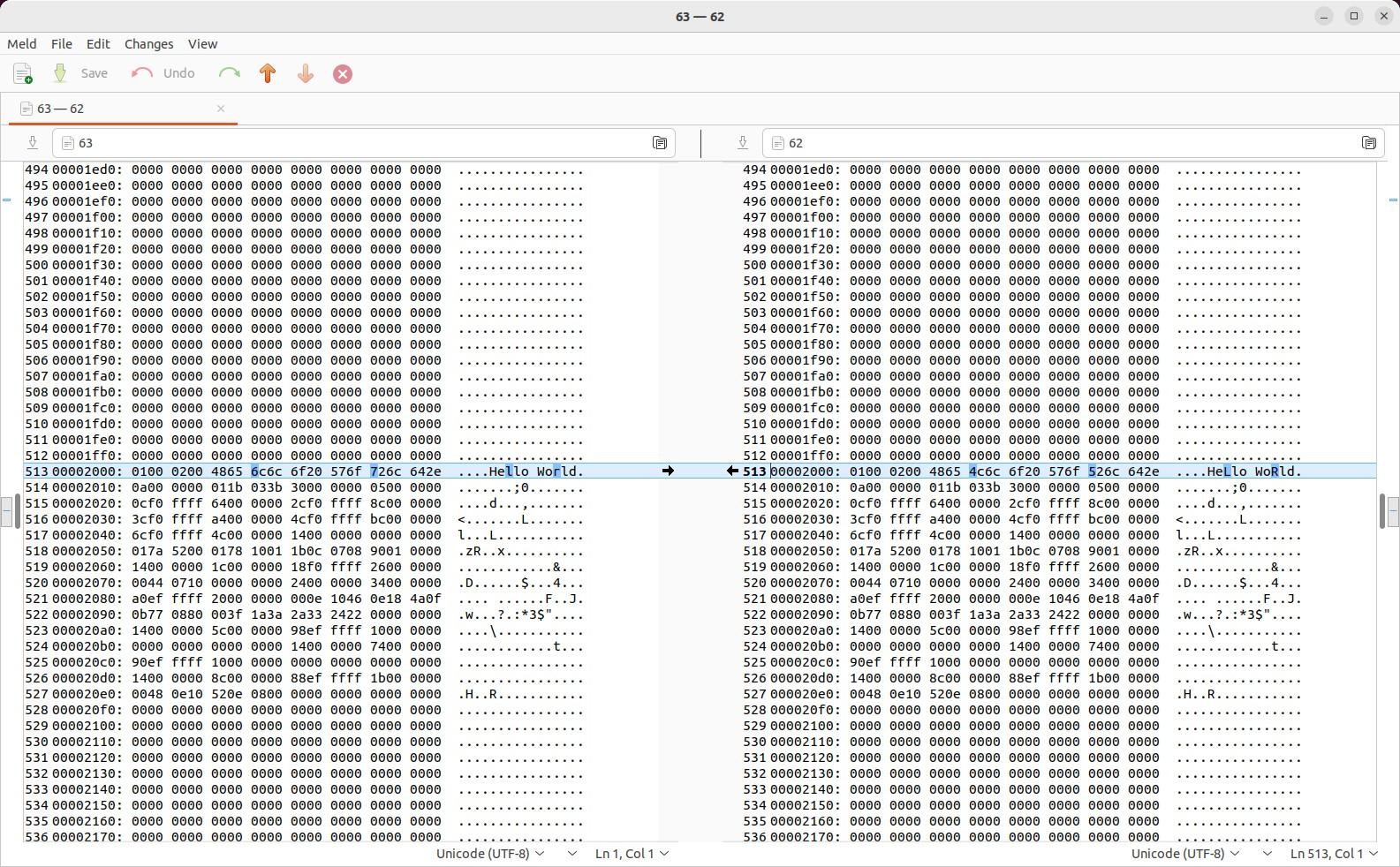Comparing binary files can be a crucial task in various scenarios, from software development and debugging to firmware analysis and data recovery. Unlike text files, binary files are not human-readable and require specialized tools for effective comparison. This guide explores different techniques and tools for File Compare Binary, focusing on providing clear, actionable information.
Understanding Binary File Comparison
Binary files store data in a format that’s directly interpretable by a computer, often representing machine code, images, audio, or other non-textual data. Comparing these files involves analyzing their byte-level structure to identify differences. A simple text comparison won’t work because even minor changes can significantly alter the file’s meaning and functionality.
Tools for Binary File Comparison
Several tools cater specifically to file compare binary needs. Here are some popular options:
1. Meld
Meld is a visual diff and merge tool that can handle binary files. While it doesn’t display the raw binary data, it highlights differing sections, allowing you to pinpoint areas of change. Meld is particularly useful for identifying insertions, deletions, and modifications within binary files. You can install Meld in Linux Ubuntu using:
sudo apt install meld Meld comparing two binary files
Meld comparing two binary files
And then use it to compare binaries by running:
meld <file1.bin> <file2.bin>2. xxd
The xxd command-line utility converts binary data to a hexadecimal representation with an ASCII sidebar. This allows for a more human-readable comparison, revealing differences in both hexadecimal and potentially recognizable ASCII characters. Combining xxd with meld provides a powerful solution:
meld <(xxd <file1.bin>) <(xxd <file2.bin>)3. VBinDiff
vbindiff is another command-line tool designed for comparing binary files. It offers a concise output showing the offset and hexadecimal values of differing bytes. vbindiff is particularly suitable for situations where a textual representation is sufficient, such as identifying specific byte changes.
4. Hex Editors
Hex editors provide a direct view of the raw hexadecimal data within a binary file. While not strictly comparison tools, they enable manual byte-by-byte analysis to pinpoint discrepancies. Popular hex editors include HxD, wxHexEditor, and 010 Editor.
Comparing Specific Binary File Types
Certain binary file types, like Intel HEX files used in embedded systems, require specialized approaches. These files often contain address information alongside data, making direct binary comparison less meaningful. Tools like objcopy can convert Intel HEX to binary format before comparison:
objcopy --input-target=ihex --output-target=binary my_firmware1.hex my_firmware1.bin
objcopy --input-target=ihex --output-target=binary my_firmware2.hex my_firmware2.bin
meld <(xxd my_firmware1.bin) <(xxd my_firmware2.bin)Choosing the Right Tool
The optimal tool for file compare binary depends on the specific need. For visually identifying differences, Meld provides an intuitive interface. When a textual representation suffices, xxd or vbindiff are excellent choices. Hex editors are useful for in-depth byte-level analysis. Understanding the nature of the binary files and the type of comparison needed helps in selecting the most effective tool.
Conclusion
Comparing binary files efficiently requires utilizing appropriate tools and techniques. Whether you’re debugging software, analyzing firmware, or comparing data, understanding the options available empowers you to perform accurate and insightful binary file comparisons. This guide provides a foundation for choosing the right approach for your file compare binary needs. Remember to consider factors like the desired output format, the level of detail required, and the specific binary file type when selecting a comparison tool.